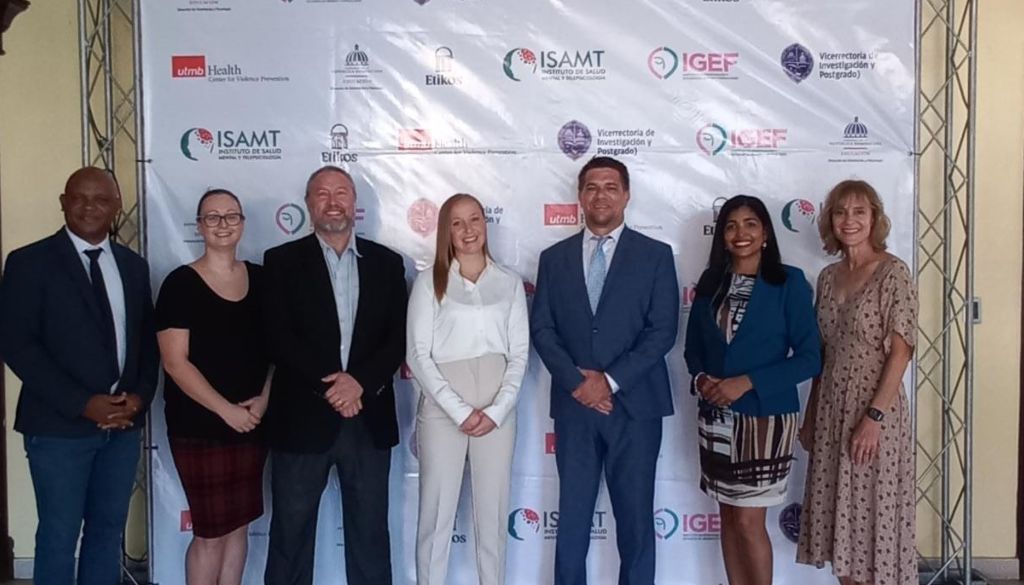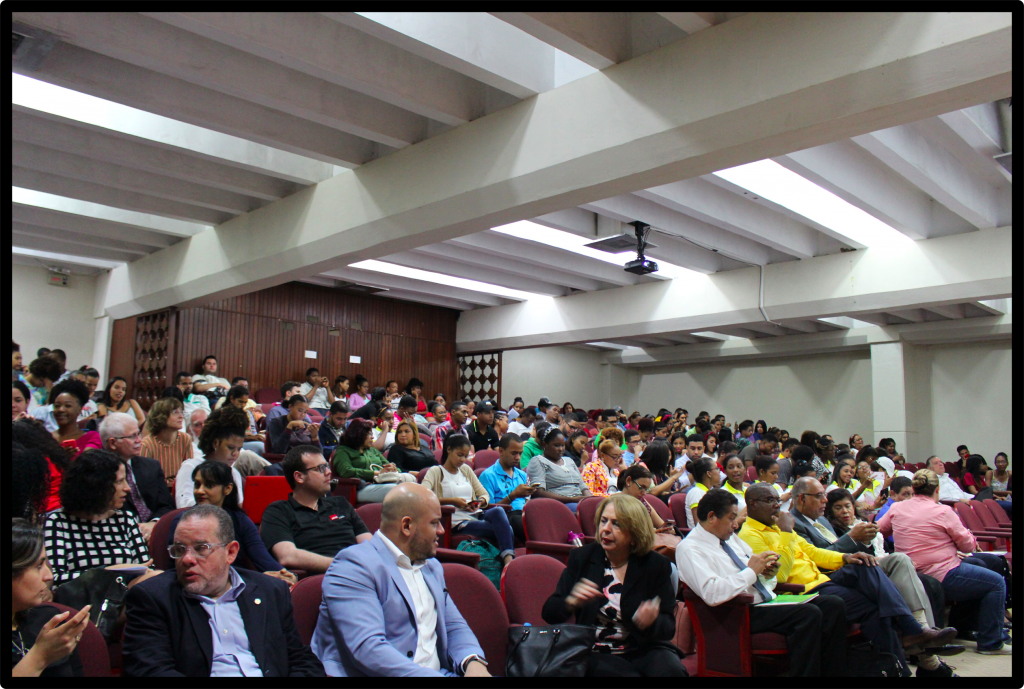Institute partner Matthew Dacso, MD, MSc has been appointed Director of the Charles E. Cheever, Jr. Center for Medical Humanities and Ethics and Professor in the Department of Medicine effective May 1, 2024. Dr. Dacso was selected after a national search led by Dr. Francisco Cigarroa. My sincere thanks to the members of the search committee for their hard work on this important recruitment.
Dr. Dacso joins UT Health San Antonio from UTMB at Galveston where he is Chair ad interim of the Department of Global Health & Emerging Diseases in the School of Public & Population Health, a tenured associate professor in the departments of Internal Medicine and Microbiology & Immunology, and the director of the John Sealy School of Medicine Global Health concentration. As a clinician, he provides care in the outpatient primary care clinics as well as the inpatient general internal medicine teaching service. He is also an active member of the UTMB Biocontainment Care Unit emerging/special pathogens response team.
Dr. Dacso received his B.A. in Music from McGill University in Montreal, Quebec, Canada, and his M.D. from UTMB. During medical school he completed a Masters of Science in international development studies at the University of London School of Oriental and African Studies. Following his residency in general internal medicine at Brown University, he moved to Gaborone, Botswana, where he served as a clinician-educator for the Botswana-UPenn Partnership, an organization dedicated to strengthening capacity for clinical care, education, and research in Botswana. He was subsequently recruited to UTMB, where over the past 12 years he has led UTMB’s global health efforts in both the School of Medicine and the School of Public & Population Health. During that time, he has formed partnerships with institutions in sub-Saharan Africa, Latin America, and the Caribbean that center on student, resident, and faculty collaborations rooted in the values of relationships, respect, and reciprocity. Through this work, he has sought to develop academic collaborations that improve health and address health inequities both at home and around the world. In his various roles in educational leadership, he has worked to instill into learners an ethical and humanistic approach to clinical medicine, global and community health, and public health research. Dr. Dacso is a Fellow of the American College Physicians and is an active member of the Consortium of Universities for Global Health and the American Society of Tropical Medicine and Hygiene. He has published peer-reviewed articles, book chapters, and abstracts in the areas of interprofessional global health education, ethics of global health partnerships, mentorship, and narrative medicine. He has been recognized for humanism in medicine and public health by being named an emeritus Faculty Scholar in the John P. McGovern Academy of Oslerian Medicine and as a member of both Alpha Omega Alpha and the Delta Omega Honor Society for Public Health.




